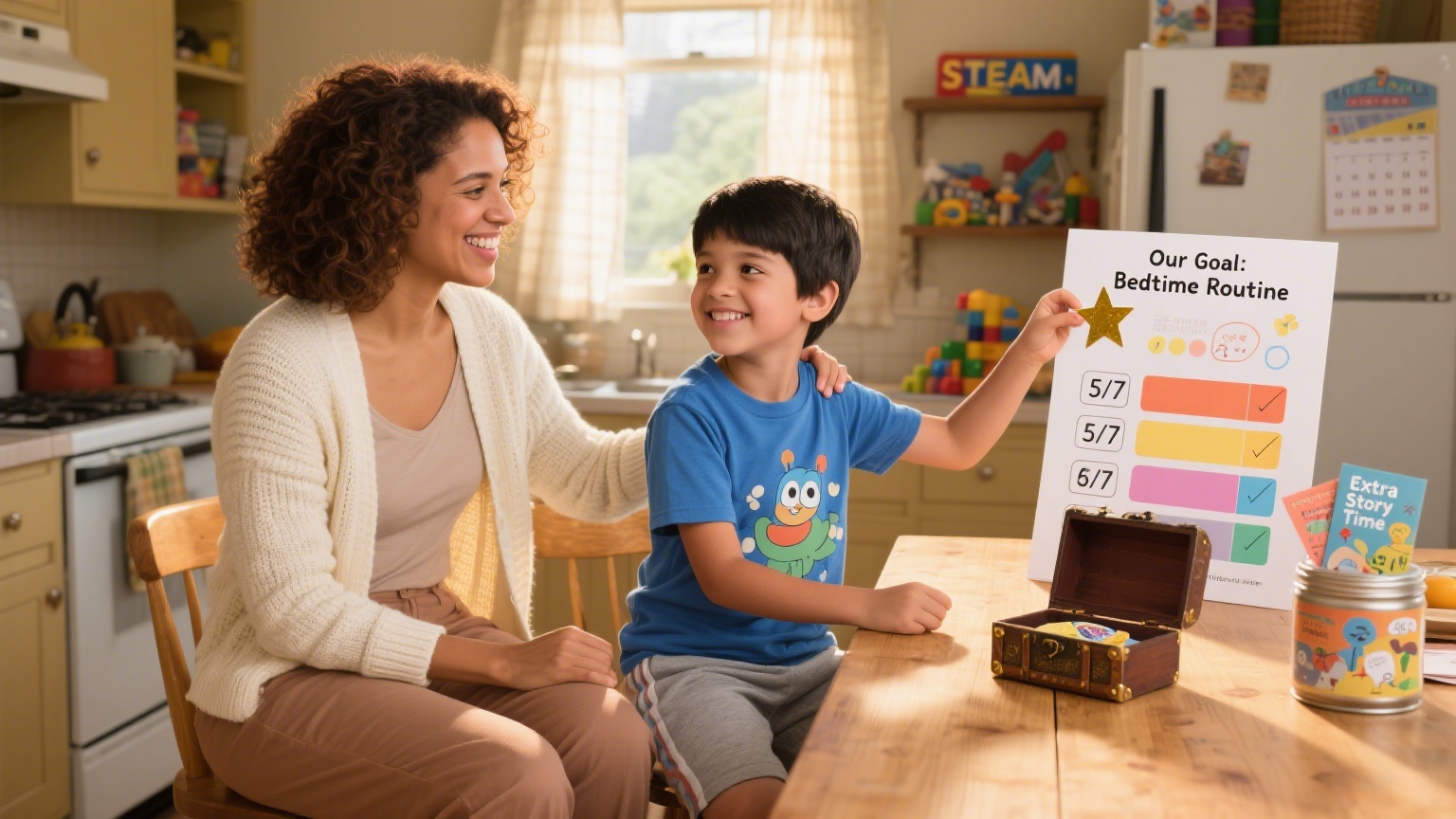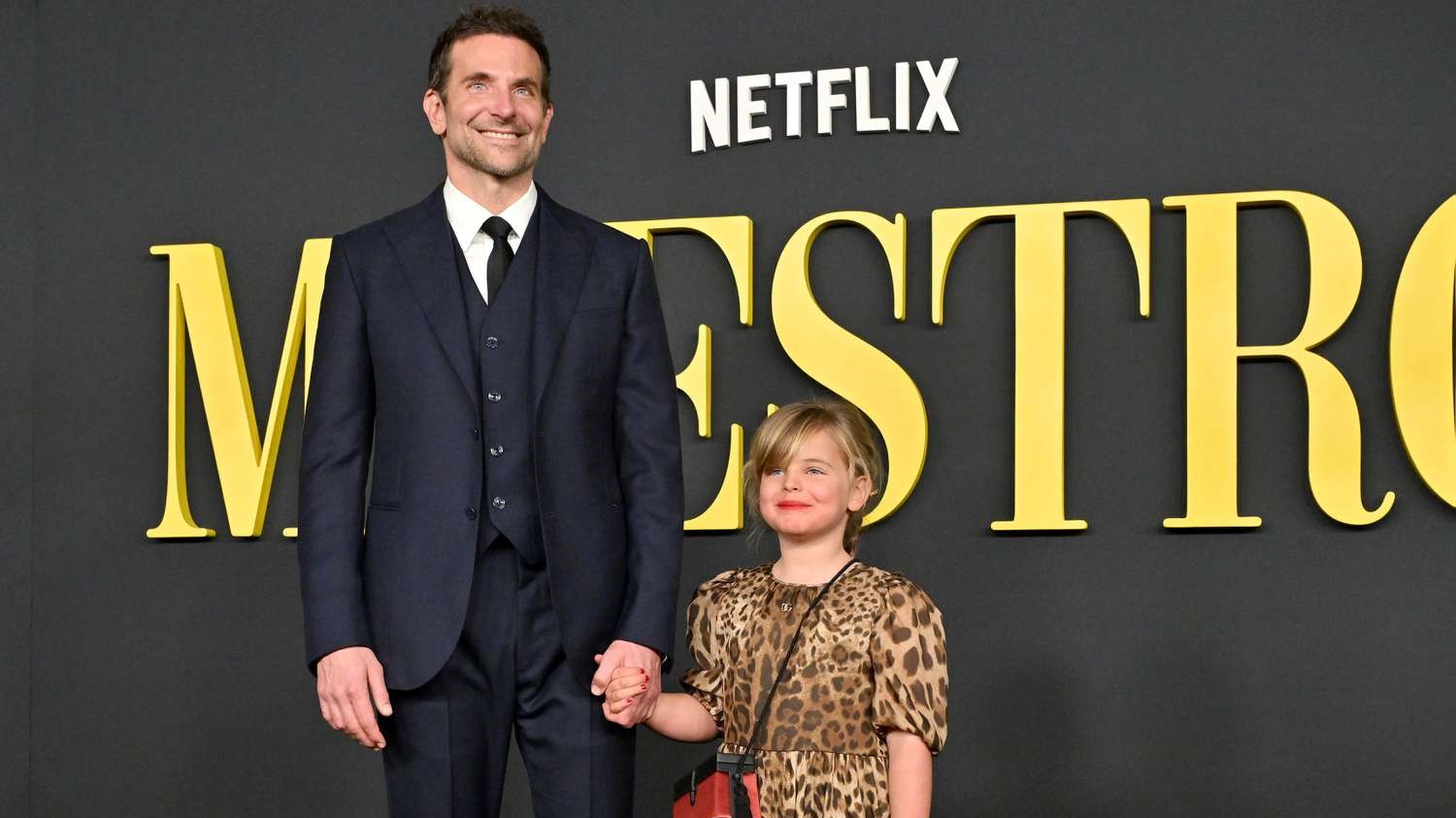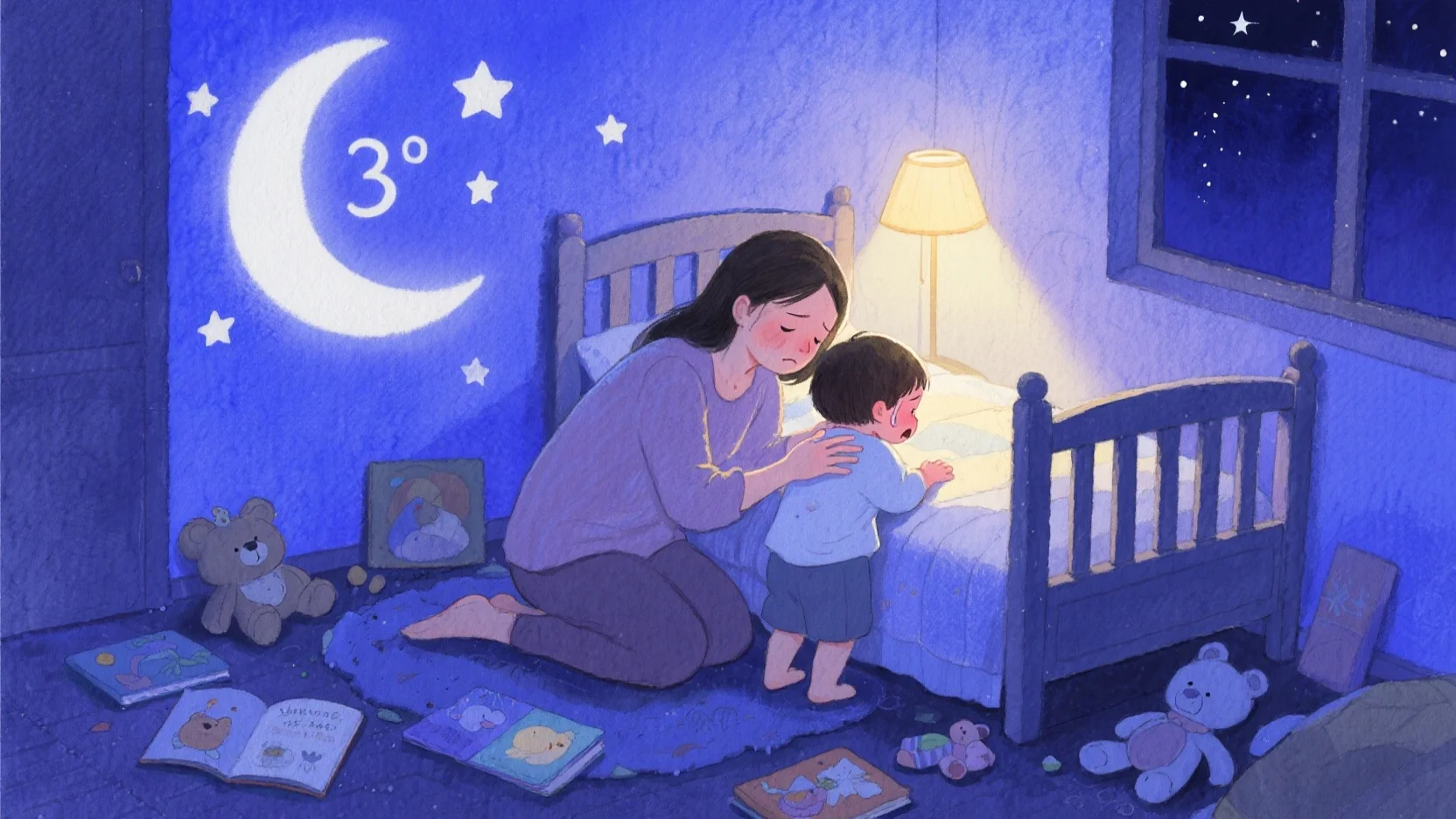Reward systems can powerfully shape children’s behavior—when done right. Here’s your evidence-based guide to positive reinforcement that actually works.
Why Reward Systems Work
✅ Builds self-esteem: Recognizing good behavior makes kids want to repeat it
✅ Teaches cause-and-effect: Clear links between actions and outcomes
✅ Reduces power struggles: Shifts focus from punishment to growth
Key Principle: Always pair rewards with specific praise (“You put your shoes away so neatly!”)
By Age Group
🟣 Preschoolers (3-5 years)
Best Tools:
- Sticker charts
- Magnetic fridge tokens
- Jar of marbles/pom poms
Pro Tips:
- Instant Rewards: Give stickers immediately after the behavior
- One Skill at a Time: Focus on potty training OR cleaning up toys
- Tiny Wins Count: Reward effort (“You tried buckling yourself!”)
Example:
“Every time you use the potty, you get a star. 5 stars = extra story at bedtime!”
🟠 School-Age (6-12 years)
Best Tools:
- Point systems
- Family goal thermometers
- Privilege coupons (screen time, later bedtime)
Pro Tips:
- Let Them Choose Rewards:
- 20 points = Bike ride OR Minecraft time
- 50 points = Movie night pick
- Track Multiple Behaviors:
- 1 pt = Made bed
- 3 pts = Homework without reminders
- Add Time Limits:
“Tasks done by 7pm earn double points!”
5 Common Mistakes to Avoid
- Bribing vs. Rewarding
- ❌ “If you stop screaming, I’ll get you ice cream”
- ✅ “Remember our chart? Quiet voices in stores earn points!”
- Overcomplicating
- Keep rules simple: “1 task = 1 token”
- Negative Deductions
- Avoid removing earned points (creates resentment)
- One-Size-Fits-All
- Let kids help design their system
- Inconsistency
- Daily check-ins work best
Beyond Tangible Rewards
🔹 Special Time: “You earned 15 minutes of just-us playtime!”
🔹 Privilege Pass: “10 points = Choose Friday’s dinner”
🔹 Family Rewards: “When we all hit our goals, we’ll go camping!”
Remember: Phase out tangible rewards as behaviors become habits, replacing them with natural praise.








